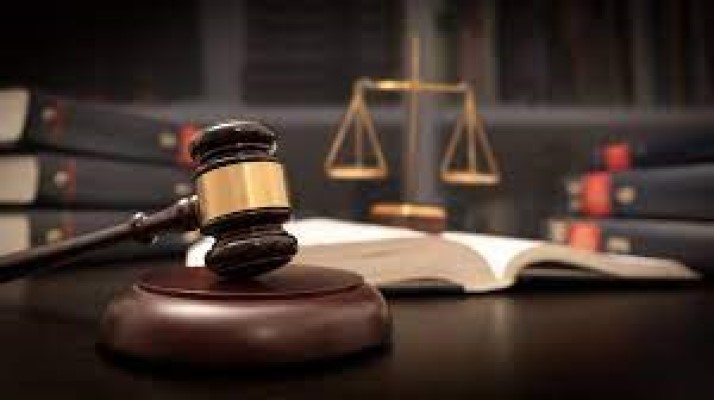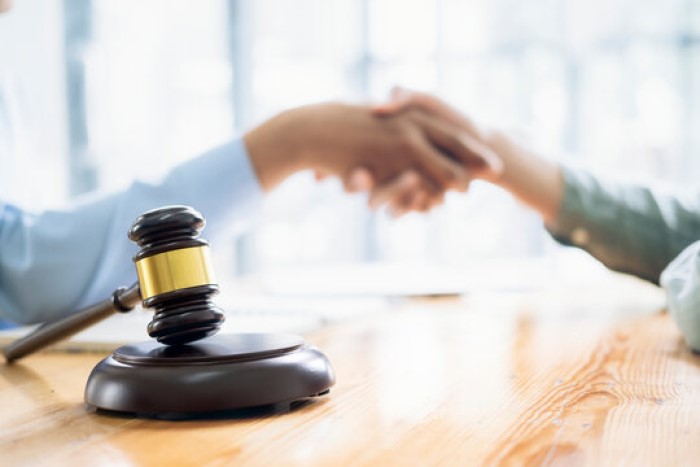Being in a car accident can be an intimidating experience that most of us have undergone at least once in our lifetime. When a car accident happens, it becomes necessary to determine who was at fault as otherwise you might be denied your rightful justice.
But first, you need to understand that the mishap is not always caused by the fault of a single driver. Often multiple drivers can be held partially responsible for the accident. Today we are going to discuss how a fault is determined in a car accident.
Types Of fault
The parties in a crash might sometimes openly admit it. However, every incident is different from the other and the liability of a fault might sometimes fall on multiple parties. Let us now take a look at the different types of fault:
- In a 100% fault, the liability cannot be argued as the onus falls on one person for causing the accident. You can take the example of a driver who stopped his car at a red-light signal and a distracted driver crashes into the car from behind. In this case, 100% fault rests on the second driver.
- Both the drivers might partially share the blame in a 51% or more fault scenario. You can take the example of a driver to failed to signal a turn and got hit by another driver from behind due to reckless driving on both of their parts.
- Last but not the least comes a 50/50 fault where lack of eyewitnesses and negligible evidence makes it practically impossible to determine who was at fault.
Usually, the arbitration process is followed in the case of a 50/50 fault accident where the parties wish to settle the claim outside of court. A third-party arbitrator might step in to decide who is at fault by examining the related evidence.
Alternatively, the matter can be solved via a lawsuit for which the involved drivers need to bring their accusations and evidence before the jury. If you live in Miami, the success of the case will depend on the skill and legal experience of your Miami car accident lawyer.
Determining Fault In A Car Mishap
The fault shall be based on how well each driver was driving during the occurrence of the accident. The insurance companies and the police will try to evaluate whether either of the drivers was breaking any laws including signaling turns, speed limits, stopping at stop signs or signals, following at a safe distance, and being attentive to other vehicles.
The authorities will consider if one driver was more defensive by collecting evidence through different means.
- The testimonies of eyewitnesses might be recorded. You should try and retain at least one eyewitness on the scene to help the responding officer collect their statement easily.
- Even a simple “sorry” after the accident becomes binding on the driver who apologizes. This commits them to a verbal contract and forfeits their rights of seeking damages later on. They accept full responsibility for the accident including paying for the damage.
- Drivers should try recording maximum evidence in the form of a photograph of both the vehicles, license plates, skid marks, and all incurred damages.


